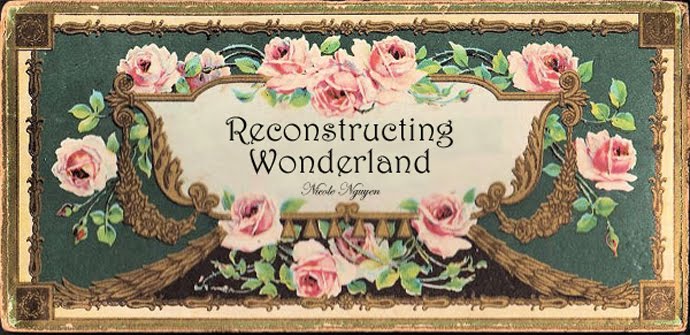
I was inspired by the multitude of cute pillows I saw on Pinterest. A nurse I met recommended that I go to
Zinmann's in Lynn, MA (about 30min away from my home in Boston). When I went in, I was awed at the sheer numbers of amazing home decor fabrics they had there. If I were a millionaire, I would honestly buy up half of this shop. The fabrics are pretty expensive. So I bought half yards of only some of the fabrics I couldn't bear to live without...and then I made pillows.
I wanted to make fancy pillows out of my oh-so-fancy fabrics. Since I had never made pillows before, I thought pillows with piping would be a great start.
How to Make Piping Hot Pillows
Supplies:
- Fabrics
- Piping cord or rope
- Wondertape
- Pins
- Sewing Machine
- Ruler/Seam Gauge
- Pillow stuffing or pillow insert
Step 1: Decide what size you want your pillow to be. I think a standard square sofa pillow is about 18" x 18". Whatever you decide, add and inch to each side and cut out your fabric. That is, for an 18 by 18 inch pillow, you would cut out two 19 by 19 inch squares. For a 12 by 20 inch pillow, you would measure and cut out 13 by 21 inch rectangles
Step 2: Make your piping. I decided to make my own piping so it would match the fabric better and look more professional. Measured out the length of piping cord that you need to go around the edge of the pillow. Th wrap it with long strips of fabric with the right side of the fabric on the outside. I used
WonderTape, a clear double stick tape used in sewing that dissolves in the washer, to keep the fabric pinched tightly around the cord. After taping, sew fabric together making sure to sew as closely to the cord as possible

Step 3: Once your piping is made, Pin the piping to the right side of the front of your pillow square. Since I did not really measure the fabric I used to cover the cord, I pinned the piping so that the edge of the cord was always half an inch from the edge of the pillow square. Make sure that the raw edges are facing outward. When pinning the piping around the corner, make cuts in the raw edges around the corner to make the piping bend more easily. I found pinning the piping perpendicular to it with the needle facing in was the best method. The pressure from the pin helped to flatten out the cording underneath and keep it from moving. That way, when I was sewing, I could get really close to the edge of the piping.
Step 4: Sew your piping on! I used a zipper foot so I could sew the piping very close to the cord. Go slowly, especially on the turns!
Step 5: Place your two pillows squares (one with piping sewn onto it, the other without) right sides facing together and pin. Pin on the side of square without piping and use the same technique as above, using the pins to press against the cording underneath so that it flattens a little and doesn't move
Step 6: Sew again on the side without the piping facing the top. Be sure to try to sew as close to the piping as possible. Go Slow! Don't sew all the way around. Leave a small opening on one of the sides of the pillow
Step 7: Turn the pillow inside out through the small hole. Make sure your corners are fully flipped out.
Step 8: Stuff the pillow with pillow stuffing. I ran out of pillow stuffing after my first two pillows so I ended up just opening up some old pillows I was going to give away to Goodwill and used that instead. It worked great.
Step 9: Once your pillow is stuffed to your satisfaction, sew the small opening closed using a slip stitch or a blind hem stitch in a coordinating color.
After that, you're done! You can look at your pillow with with pride. One pillow took me about 30-40 minutes total. I did all of these within a couple of days while watching TV. Get creative! I added fringe to one of the pillows instead of piping. In others, I used contrasting piping. In some, I used a faux velvet for the piping and the back of the pillow so as to not use up so much of the ridiculously expensive and fabulous fabric. Check out my lovelies!





















































